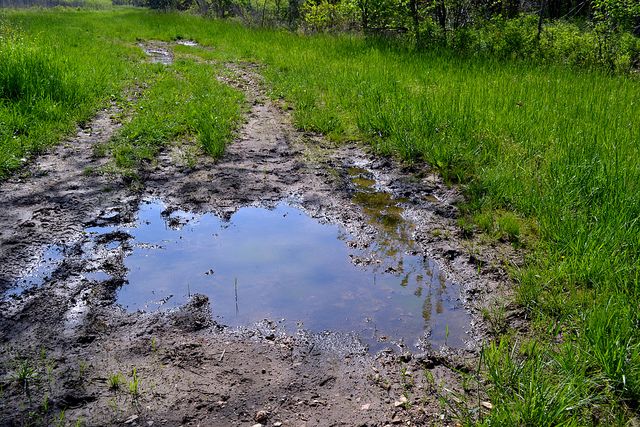Waters of the United States

The Obama administration’s EPA proposed new rules to massively expand their authority over regulating water on private property. Plain and simple, it was a massive power grab by the EPA through an illegal expansion of regulatory power governing puddles, ponds, ditches, and ephemeral streams. WOTUS is the next step in a long list of attempts to overstep congressionally authorized authority to expand government control of our property.
Congress passed the Clean Water Act in 1972. Since that time, the EPA and the Army Corps of Engineers have had the authority to regulate navigable waters—rivers that run year round and flow between states. At the same time, the Clean Water Act also reserved authority over smaller, remote bodies of water to be regulated by state and local government jurisdictions.
Almost immediately after its passage, the EPA began to push the limits of the Clean Water Act. Over the course of the past forty years, the agriculture community has fought back and won numerous court decisions against these illegal regulatory expansions. Despite these repeated victories, the EPA has not ceased in its effort to create ever more creative, but nonetheless illegal, perversions of the original intent of the Clean Water Act.
The proposed WOTUS regulations stem from a perceived loophole the United States Supreme Court created in a decision from 2006. In the case—Rapanos v. United States—the Supreme Court affirmed that the EPA has jurisdiction only over navigable waterways. However Justice Anthony Kennedy, while agreeing with this ruling, authored his own decision that indicated a nexus between an isolated wetland and traditional navigable water could be enough for federal jurisdiction. Kennedy did not go so far as to define what a significant nexus might entail, leaving the EPA with the opportunity to define the term itself.
As expected, the EPA has taken an extreme interpretation of what this ruling means. While claiming that WOTUS clarifies the scope of the Clean Water Act, the new rules are authored purposefully ambiguous. Given these new definitions, the EPA would have authority to regulate almost any water feature, down to a mud puddle. According to analysis by the Farm Bureau, the number of stream miles subject to regulation in Montana alone would more than double to over 390,149 (source: http://ditchtherule.fb.org/wp-content/uploads/2014/09/Montana-One-Page.pdf).
WOTUS includes provisions that require a permit for simple things, like moving soil in the process of building structures, creating drainage, landscaping, or even plowing for planting crops.
These new regulations are a wholly unjust transgression on the rights of property owners to develop and enjoy their land as they see fit. Farmers and ranchers should not be required to seek a federal permit for every aspect of their operation. Furthermore, the EPA or any other agency should not have the power to prohibit agriculture practices simply by withholding a permit. Property owners should not be at the mercy of the government when it comes to such straightforward tasks as fencing, fertilizing, or building. WOTUS gives the EPA unprecedented authority to unilaterally decide what is allowable or not in farming and ranching operations and poses a serious threat to the long term viability of agriculture as well as enjoyment of property by all owners.